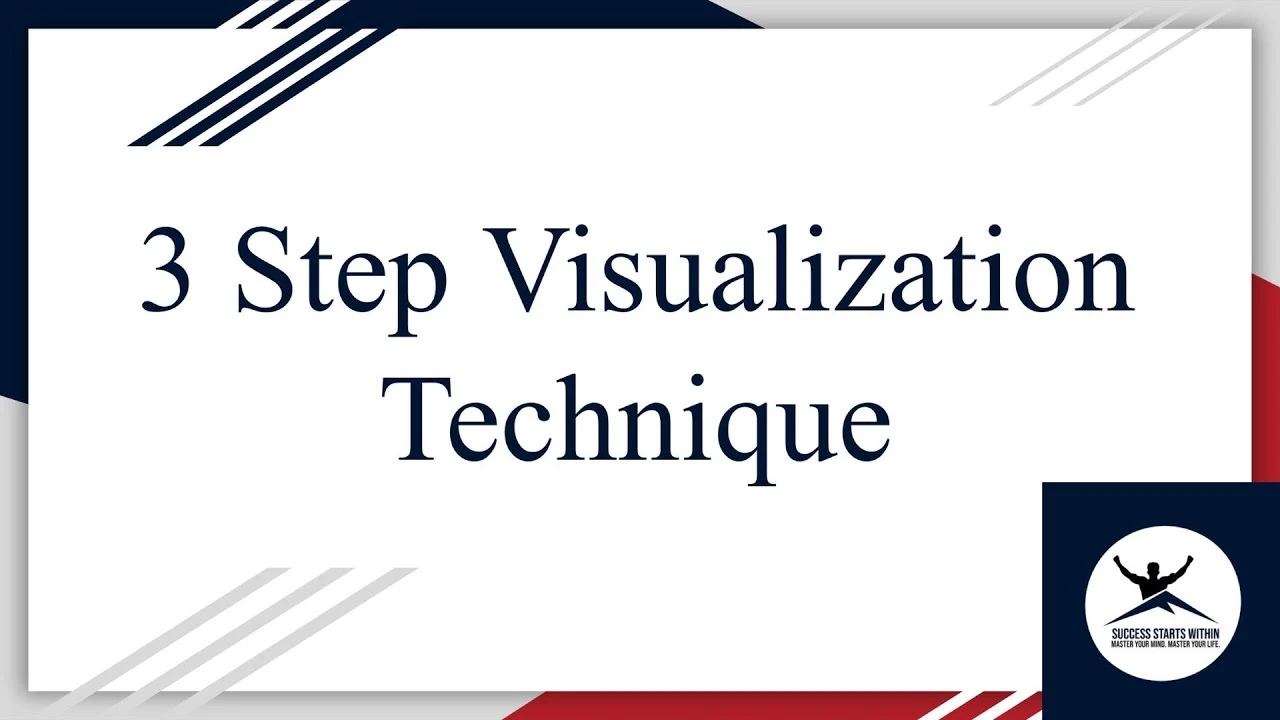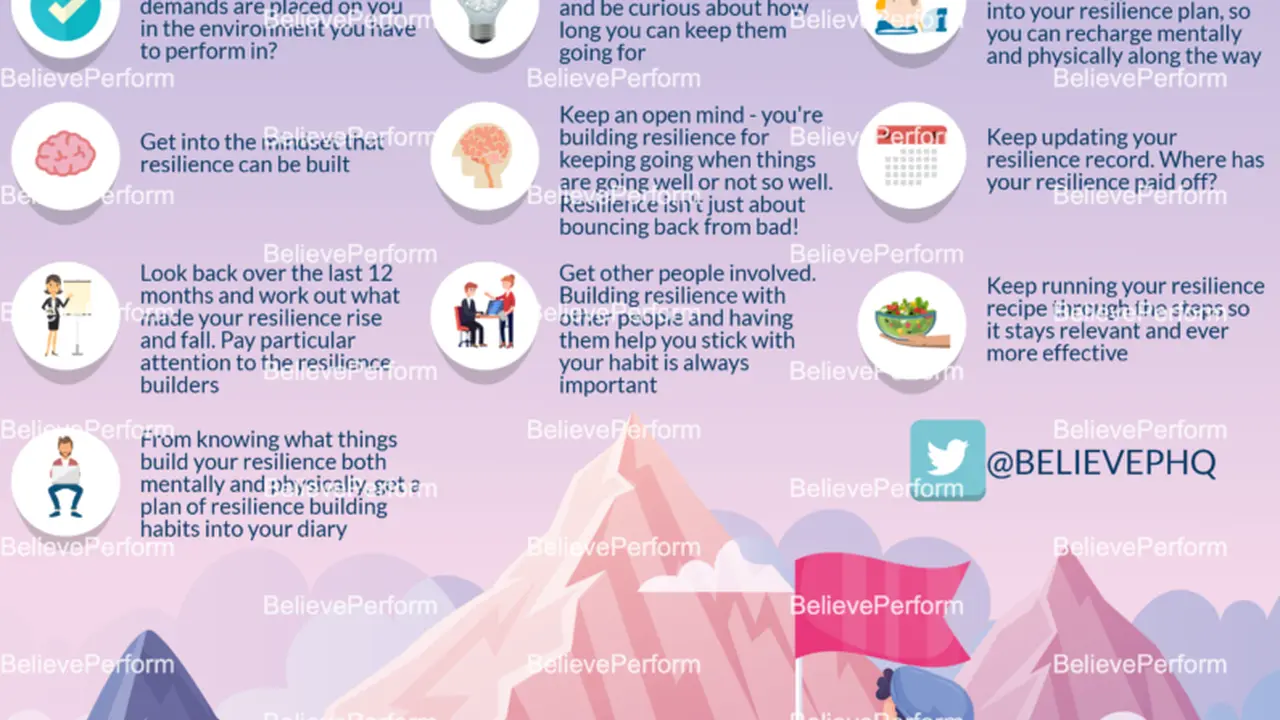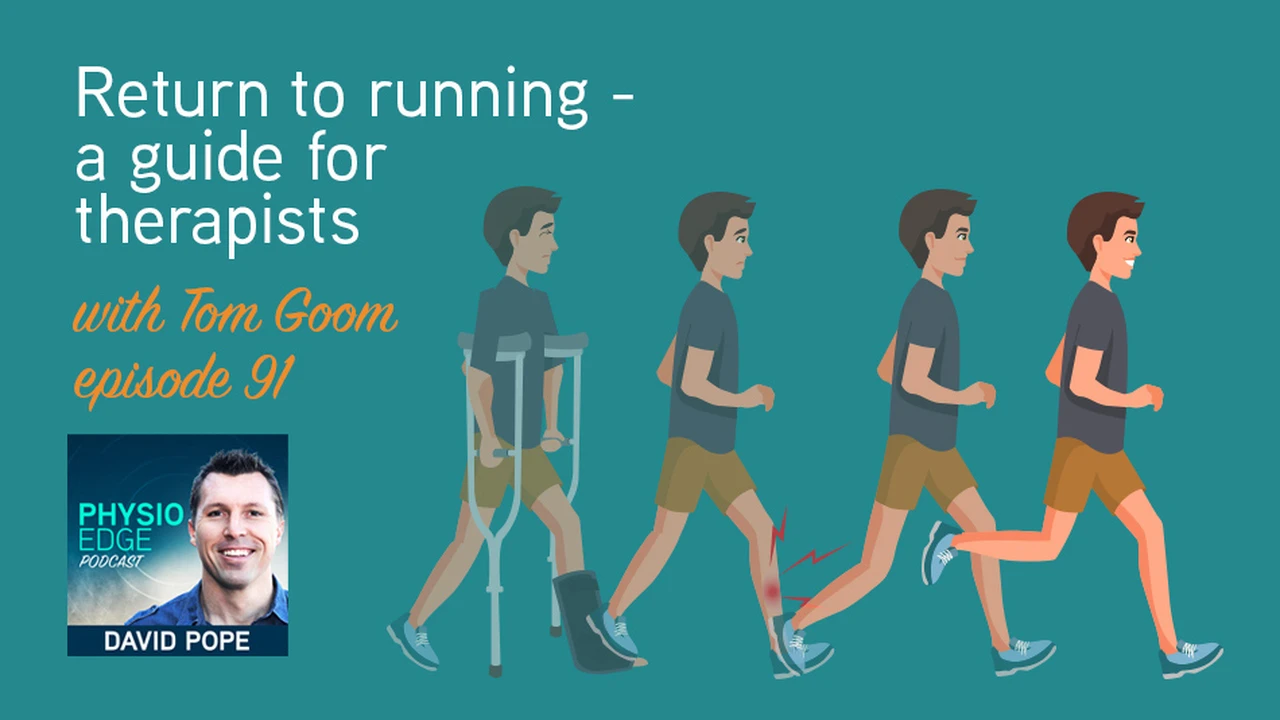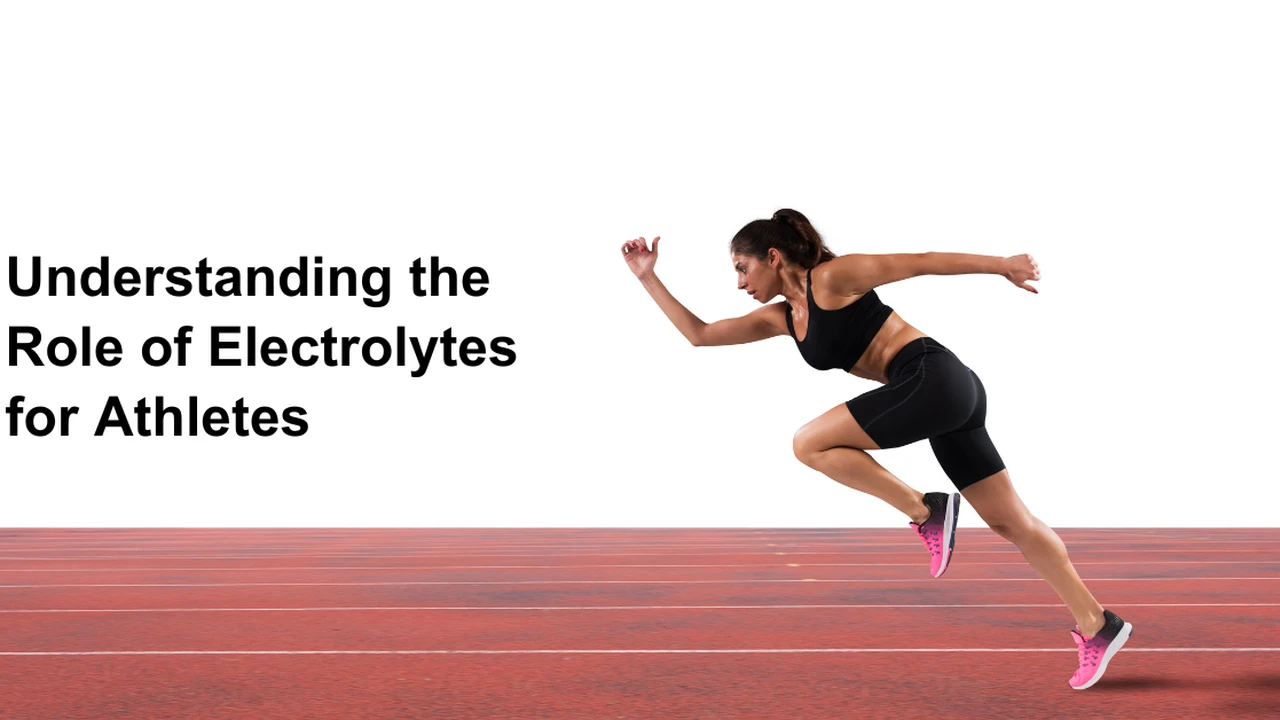Visualization Techniques for Joggers

The Power of Mental Imagery for Runners Enhanced Performance Through Visualization
Visualization, also known as mental imagery, is a powerful technique used by athletes across various disciplines to improve performance. It involves creating vivid mental images of yourself successfully executing a task, in this case, running. The idea is that by repeatedly visualizing success, you can train your brain to believe in your abilities and ultimately improve your performance on race day. It's not magic, but a scientifically backed method that leverages the brain-body connection.
Jogging Visualization Techniques Mastering the Mental Game of Running
So, how do you actually visualize? It's more than just daydreaming about crossing the finish line. Here's a breakdown of effective visualization techniques for joggers:
- Sensory Immersion: Engage all your senses. Don't just see yourself running; feel the wind on your face, hear the rhythm of your breath, smell the fresh air, and even taste the electrolyte drink you're using. The more realistic the visualization, the more effective it will be.
- Specificity is Key: Don't just visualize a generic run. Visualize specific routes, challenges, and scenarios. Imagine tackling that tough hill, maintaining your pace during a headwind, or passing a competitor in the final stretch.
- Positive Affirmations: Combine visualization with positive self-talk. As you visualize, repeat affirmations like "I am strong," "I am fast," and "I can do this." This reinforces your belief in your abilities and helps to combat negative thoughts.
- Practice Regularly: Visualization is a skill that requires practice. Set aside a few minutes each day to visualize your runs. The more you practice, the more natural and effective it will become.
- Focus on Process, Not Just Outcome: While it's important to visualize success, don't solely focus on the finish line. Visualize the process of running well – maintaining good form, controlling your breathing, and staying mentally focused.
Best Running Gear for Enhanced Visualization Experiences Product Recommendations
While visualization is a mental exercise, certain gear can enhance your experience and make it more effective. Here are some recommendations:
Noise Cancelling Headphones for Immersive Running Visualizations
Product Recommendation: Sony WH-1000XM5 Wireless Noise Cancelling Headphones
Use Case: Creating a distraction-free environment for deep visualization sessions. Block out external noises and focus solely on your mental imagery.
Product Comparison: Compared to Bose QuietComfort 45, the Sony WH-1000XM5 offers superior noise cancellation, especially in noisy environments like gyms or crowded parks. While the Bose QC45 is slightly more comfortable for extended wear, the Sony's advanced features make it a better choice for serious visualization.
Detailed Information: The Sony WH-1000XM5 features industry-leading noise cancellation, a comfortable over-ear design, and long battery life. They also have a built-in microphone for taking calls. The headphones use a combination of feedforward and feedback microphones to capture and cancel out ambient noise. They also feature Auto NC Optimizer, which automatically adjusts the noise cancellation based on your environment.
Pricing: Approximately $399.
Running Journals for Tracking Visualization Progress and Insights
Product Recommendation: Moleskine Classic Notebook
Use Case: Recording your visualization sessions, noting down key insights, and tracking your progress over time. A running journal helps you to refine your visualization techniques and identify what works best for you.
Product Comparison: Compared to other running-specific journals, the Moleskine Classic Notebook offers more flexibility and customization. While running-specific journals may have pre-printed templates, the Moleskine allows you to create your own system for tracking your visualization sessions. It's also more durable and aesthetically pleasing.
Detailed Information: The Moleskine Classic Notebook is a high-quality notebook with a durable hardcover, acid-free paper, and a convenient elastic closure. It's available in a variety of sizes and colors.
Pricing: Approximately $20.
Smartwatches with Guided Meditation Apps for Enhanced Focus During Runs
Product Recommendation: Apple Watch Series 8
Use Case: Accessing guided meditation apps that can help you to stay focused and present during your runs. These apps often include visualization exercises specifically designed for athletes.
Product Comparison: Compared to Fitbit Sense 2, the Apple Watch Series 8 offers a wider range of features and a more seamless integration with the Apple ecosystem. While the Fitbit Sense 2 focuses more on health tracking, the Apple Watch Series 8 provides a more comprehensive experience, including access to a vast library of apps and a brighter display.
Detailed Information: The Apple Watch Series 8 features a large, always-on display, advanced health tracking features, and access to the App Store. It also includes a built-in GPS for accurate tracking of your runs. The Mindfulness app offers guided meditation sessions that can help you to stay focused and present.
Pricing: Approximately $399.
Visualization Techniques for Different Running Scenarios Mastering Race Day Anxiety
Visualization isn't a one-size-fits-all approach. You can tailor your visualization techniques to specific running scenarios:
Race Day Visualization Overcoming Pre Race Nerves Through Mental Preparation
Visualize every aspect of race day, from waking up in the morning to crossing the finish line. Imagine yourself feeling calm and confident, executing your race plan perfectly. Visualize overcoming challenges like fatigue or unexpected weather conditions.
Training Run Visualization Maximizing Your Workout Potential Through Mental Rehearsal
Before each training run, visualize yourself completing the workout successfully. Focus on maintaining good form, hitting your target pace, and pushing through any discomfort. This can help you to stay motivated and get the most out of your training.
Injury Recovery Visualization Speeding Up Healing Through Positive Mental Imagery
If you're recovering from an injury, visualization can help to speed up the healing process. Visualize your injured area healing and becoming stronger. Imagine yourself gradually returning to running, feeling pain-free and confident.
Incorporating Visualization Into Your Running Routine Practical Tips and Exercises
Here are some practical tips for incorporating visualization into your running routine:
- Find a Quiet Space: Choose a quiet and comfortable space where you can relax and focus without distractions.
- Relax Your Body: Start by relaxing your body with deep breathing exercises. This will help you to clear your mind and enter a more receptive state.
- Create a Vivid Mental Image: Use all your senses to create a vivid mental image of yourself running. Imagine the sights, sounds, smells, and sensations of running.
- Focus on the Positive: Focus on positive outcomes and feelings. Visualize yourself running strong, feeling confident, and achieving your goals.
- Practice Regularly: The more you practice visualization, the more effective it will become. Aim to visualize for a few minutes each day.
Advanced Visualization Techniques for Elite Runners Pushing Your Mental Boundaries
For elite runners, visualization can be taken to the next level with these advanced techniques:
Neuro Linguistic Programming NLP for Runners Reprogramming Your Mind for Success
NLP techniques can be used to reprogram your subconscious mind for success. This involves identifying and changing negative thought patterns and beliefs that may be holding you back.
Hypnosis for Runners Accessing Your Subconscious Mind for Peak Performance
Hypnosis can be used to access your subconscious mind and implant positive suggestions that can improve your performance. This can be particularly helpful for overcoming fear, anxiety, or self-doubt.
Mindfulness Meditation for Runners Staying Present and Focused During Races
Mindfulness meditation can help you to stay present and focused during races. This involves paying attention to your thoughts and feelings without judgment. This can help you to avoid distractions and stay in the zone.
The Science Behind Running Visualization Understanding the Brain Body Connection
The effectiveness of visualization is supported by scientific research. Studies have shown that mental imagery can activate the same neural pathways in the brain as physical activity. This means that by visualizing yourself running, you are actually training your brain to perform better.
Furthermore, visualization can help to reduce stress and anxiety, which can improve performance. When you visualize yourself successfully completing a task, you are building confidence and reducing fear. This can help you to perform at your best under pressure.
Common Mistakes to Avoid When Using Visualization for Running Maximizing Your Mental Training
While visualization is a powerful tool, it's important to avoid these common mistakes:
- Lack of Specificity: Vague visualizations are less effective than specific ones. Focus on the details of your run.
- Negative Visualization: Avoid visualizing yourself failing or experiencing pain. Focus on positive outcomes.
- Unrealistic Expectations: Visualization should be realistic and achievable. Don't visualize yourself running a world record if you're not at that level.
- Lack of Consistency: Visualization requires consistent practice to be effective. Don't expect to see results overnight.
- Ignoring Physical Training: Visualization is a supplement to, not a replacement for, physical training. You still need to put in the miles.
Running Visualization Resources Books Apps and Online Communities for Runners
Here are some resources to help you learn more about visualization for running:
- Books: "The Inner Game of Tennis" by W. Timothy Gallwey (principles applicable to running), "Mind Gym: An Athlete's Guide to Inner Excellence" by Gary Mack.
- Apps: Headspace, Calm, Insight Timer (offer guided meditation and visualization exercises).
- Online Communities: Running forums, social media groups dedicated to running and mental training.
Conclusion A Journey of Mental Strength and Athletic Achievement
Visualization is a valuable tool for any jogger looking to improve their performance. By incorporating these techniques into your training routine, you can unlock your mental potential and achieve your running goals. Remember to be patient, persistent, and positive, and you'll be amazed at what you can accomplish.
:max_bytes(150000):strip_icc()/277019-baked-pork-chops-with-cream-of-mushroom-soup-DDMFS-beauty-4x3-BG-7505-5762b731cf30447d9cbbbbbf387beafa.jpg)






